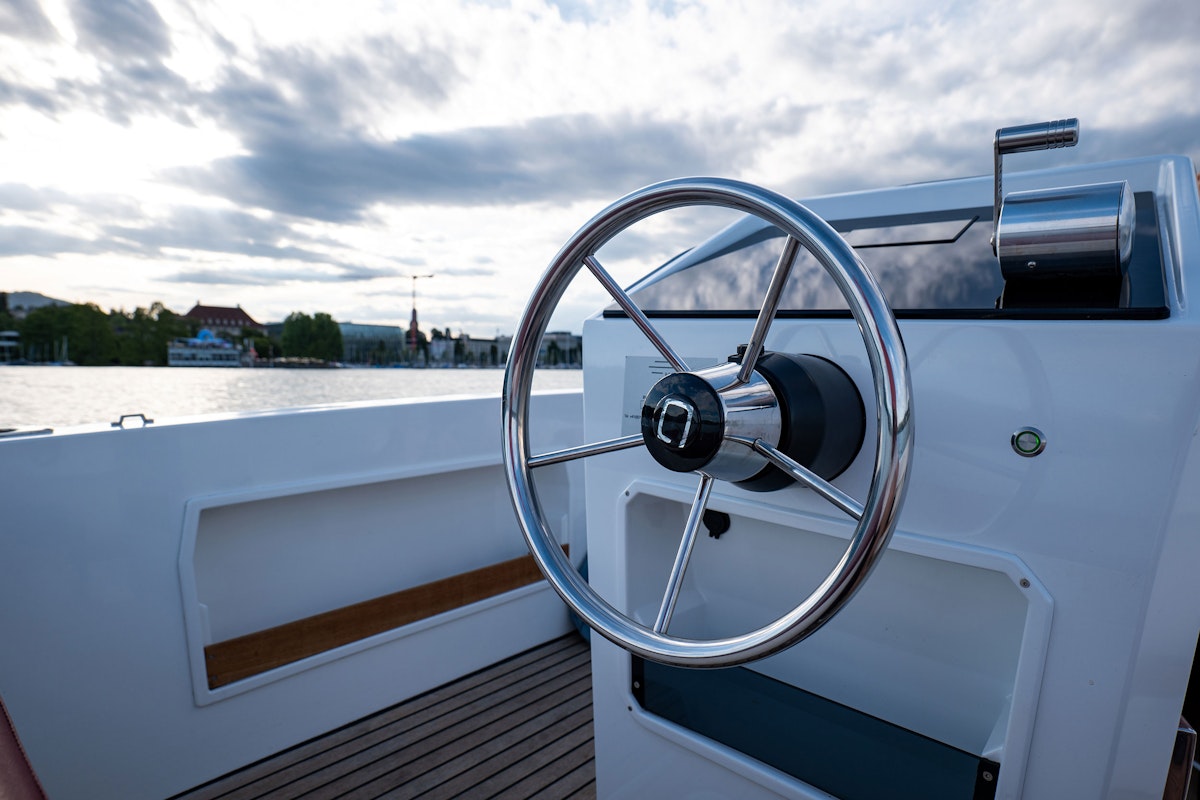Table of contents
Browse categories
Browse authors
 AB
ABAlberto Boffi
 AL
ALAlessia Longo
 AH
AHAl Hoge
 AB
ABAljaž Blažun
 BJ
BJBernard Jerman
 BČ
BČBojan Čontala
 CF
CFCarsten Frederiksen
 CS
CSCarsten Stjernfelt
 DC
DCDaniel Colmenares
 DF
DFDino Florjančič
 EB
EBEmanuele Burgognoni
 EK
EKEva Kalšek
 FB
FBFranck Beranger
 GR
GRGabriele Ribichini
Glacier Chen
 GS
GSGrant Maloy Smith
 HB
HBHelmut Behmüller
 IB
IBIza Burnik
 JO
JOJaka Ogorevc
 JR
JRJake Rosenthal
 JS
JSJernej Sirk
 JM
JMJohn Miller
 KM
KMKarla Yera Morales
 KD
KDKayla Day
 KS
KSKonrad Schweiger
Leslie Wang
 LS
LSLoïc Siret
 LJ
LJLuka Jerman
 MB
MBMarco Behmer
 MR
MRMarco Ribichini
 ML
MLMatic Lebar
 MS
MSMatjaž Strniša
 ME
MEMatthew Engquist
 ME
MEMichael Elmerick
 NP
NPNicolas Phan
 OM
OMOwen Maginity
 PF
PFPatrick Fu
 PR
PRPrimož Rome
 RM
RMRok Mesar
 RS
RSRupert Schwarz
 SA
SASamuele Ardizio
 SK
SKSimon Kodrič
 SG
SGSøren Linnet Gjelstrup
 TH
THThorsten Hartleb
 TV
TVTirin Varghese
 UK
UKUrban Kuhar
Valentino Pagliara
 VS
VSVid Selič
 WK
WKWill Kooiker
Hybrid Boat Power Analysis

Carsten Frederiksen && Bernhard Grasel
May 21, 2024
Increasing the efficiency of boats and switching to drivetrains that use sustainable energy sources is essential, with some analysts saying that a hybrid propulsion system could result in fuel savings of up to 20%. But do these lab-based predictions correlate to real-world use?
You can read the originally published article online from this link: Hybrid boat analysis.

Electric propulsion has become a fast-growing global trend for sailboats. There are several benefits of electric drives for these applications, including improved controllability, less maintenance, and greatly reduced noise and vibration. However, the overriding advantage is very high in operating efficiency. An electric motor can produce the exact amount of power that the propeller requires, in all conditions. Compared with conventional propulsion systems, diesel engines must run all of the time and therefore often with notable losses.
Pure electric boats are available with outputs of 2kW to 10kW. The powertrain can consist of either one or two motors, and often these boats are also solar-powered, which increases their range and makes it possible to drive them at low speed without power from the pack.
The Dewesoft R8D power analyzer is an ideal tool for analyzing the efficiency of such new-generation electric and hybrid boats. This advanced power analyzer technology enables the measurement of both AC and DC power at multiple points. Figure 2 bellow, located on the next page, charts the precise measurement configuration.
In this example, AC and DC power is measured at multiple points (motors, battery pack, solar power, and auxiliary load) during driving; the charging process was also monitored. This enables engineers to determine the charging and discharging losses that are essential for objective comparison with regard to conventional driven boats. Figure 1 (left) is a diagram that depicts the energy flow of the grid-to-propeller efficiency of a typical electric boat.
In this example, the electric boat has a good efficiency level, as 54% of the energy can be used by the propeller. In contrast, diesel-driven boats have an efficiency level that’s just 10% at some operating points. It’s also important to note that new-generation diesel engines can reach an efficiency of about 40% (propeller efficiency not included) at the ideal point of operation.
| Description | Efficiency |
|---|---|
| Charging / discharging | 30 – 90 % |
| Battery | 60 – 96 % |
| Electric motor | 70 – 99% |
| Propeller | 40 – 70% |
| Diesel engine | 10 – 45% |
Hybrid boat testing
There are three different types of hybrid propulsion to take into consideration: serial, parallel, and diesel combined with electricity. Serial hybrid boats have an electric motor that is dedicated to the propeller shaft and a separate diesel DC generator. The advantage of this propulsion system is being able to mount the generator out of the living spaces of the boat and have a powerful and efficient unit for the auxiliary load. Serial hybrid applications are available with 2-10kW power and are driven either with one or two electric motors.
Parallel hybrids feature an electric motor and diesel engine on the same shaft. The advantage of this system is the compactness of the technology. Here, the e-motor acts as a generator when the diesel is running. Parallel hybrid boats are available with 4-450kW.
For diesel-electric propulsion systems, the boat has a large diesel motor on one shaft and a small electric motor on the other shaft. The electric motor and diesel engine are operated individually. In addition, the e-motor is used just for supporting the diesel base.
Fully testing hybrid boats allows for analysis of the combustion process of the diesel engine to take place, as well as for power analysis of the electric propulsion system. Once again, the Dewesoft R8D was used for this analysis, as it is possible to do both combustion and power analysis simultaneously with this technology. The power was analyzed again at multiple points for AC and DC.
Cruise ship assessment
Testing big steam and cruise boats are maybe the most challenging of all marine efficiency analysis, especially as there are several diesel engines, electric generators, and motors – all needing a high number of measurements – to take into account. However, this analysis can also be done with the Dewesoft R8D power analyzer, which is capable of measuring more than 64 channels (voltage, current and mechanical parameters) at the same time.
Electrical equipment is often operated at different frequencies and voltage levels that require adequate hardware and software, but the R8D overcomes such challenges by making it possible to carry out all analyses completely synchronously for perfect measurement results.
Table 1 shows the typical efficiencies of the different elements in propulsion subsystems As can be noted, the efficiency of diesel engines is quite low compared with electric motors, with efficiencies sometimes dropping to below 20% at certain points in the operation.
However, if one compares e-propulsion with conventional propulsion, then the charging/discharging process of the battery also needs to be taken into account. If very cheap batteries and charging devices are used, the overall efficiency of the charging/ discharging process can be about 30%, which equates to a huge waste of energy. If one then also considers battery and motor efficiencies, total system efficiency can eventually drop below what a diesel engine achieves.
It’s important to note, however, that modern diesel boats have a waste heat recovery system that generates electrical energy from a ship’s exhaust gases and improves the total operating efficiency. What’s more, efficiency analysis has also shown that DC generators are actually more efficient than AC generators.
The greatest advantage of today’s hybrid technology in marine applications is the reduction of engine run-time and therefore reduced maintenance costs. For example, for small sailboats travelling at medium speeds, the diesel generator runs at less than 40%. At lower speeds, the diesel generator only has to run 20% of the time, or if the boat is equipped with solar power, it is often not necessary to operate the diesel generator at all. As a result, the break-even point of hybrid boats is very often below 1,000 hours of operation.
1. Ship power system
Visit Dewesoft Power and Energy solutions page to learn more about power, voltage and current measurement.